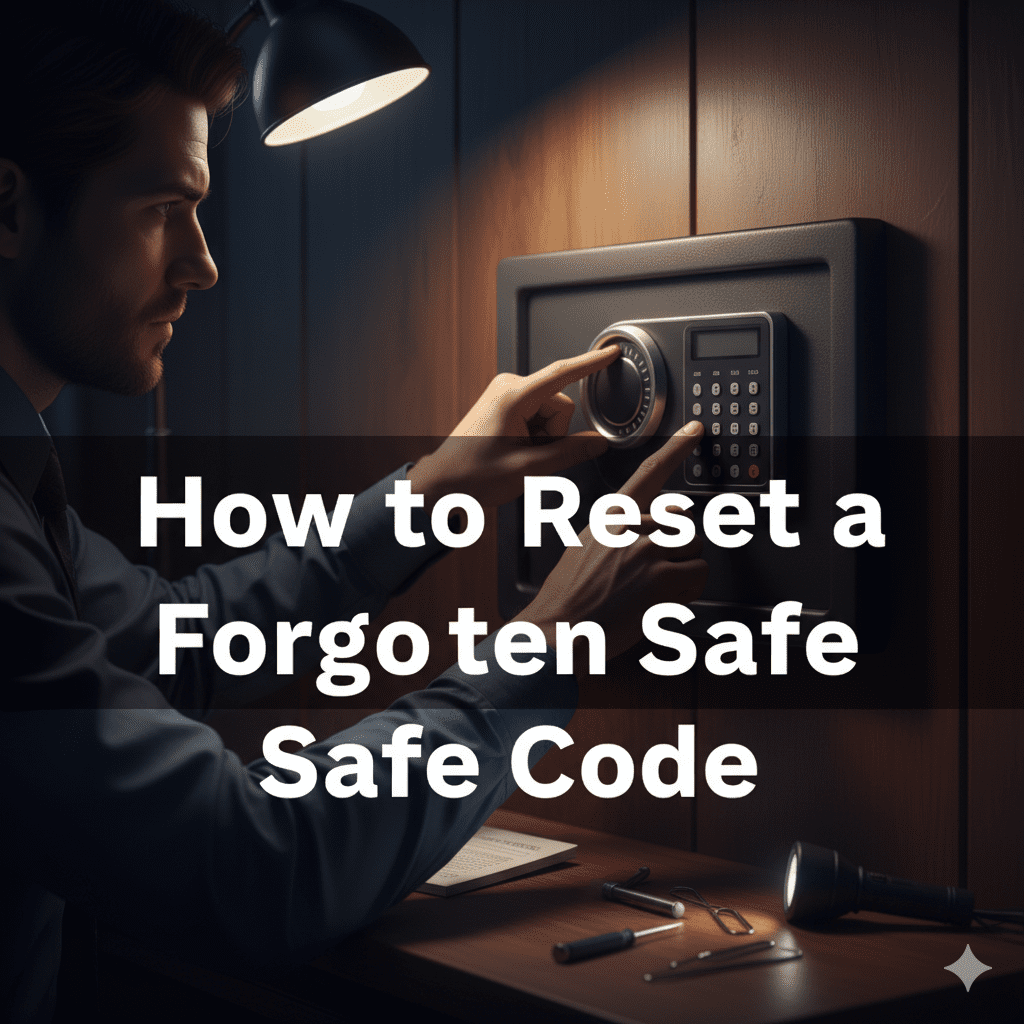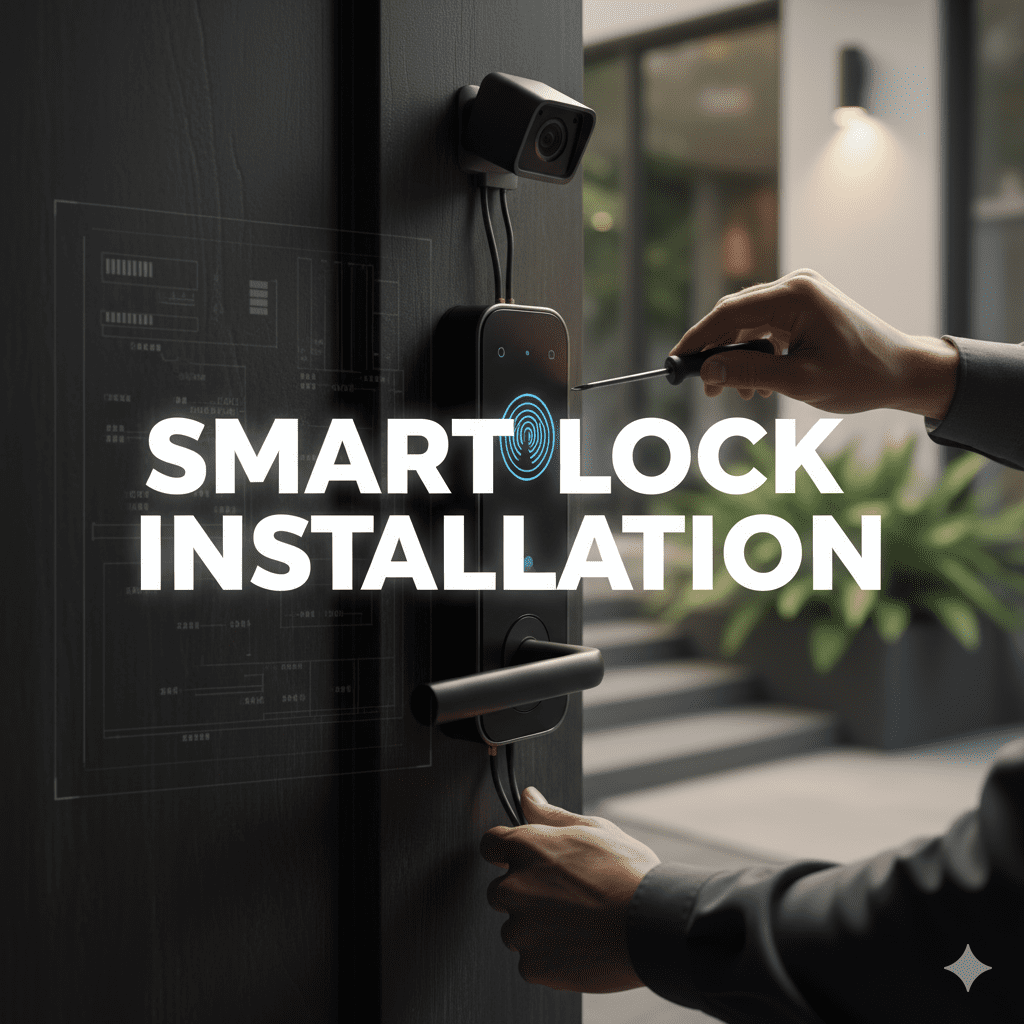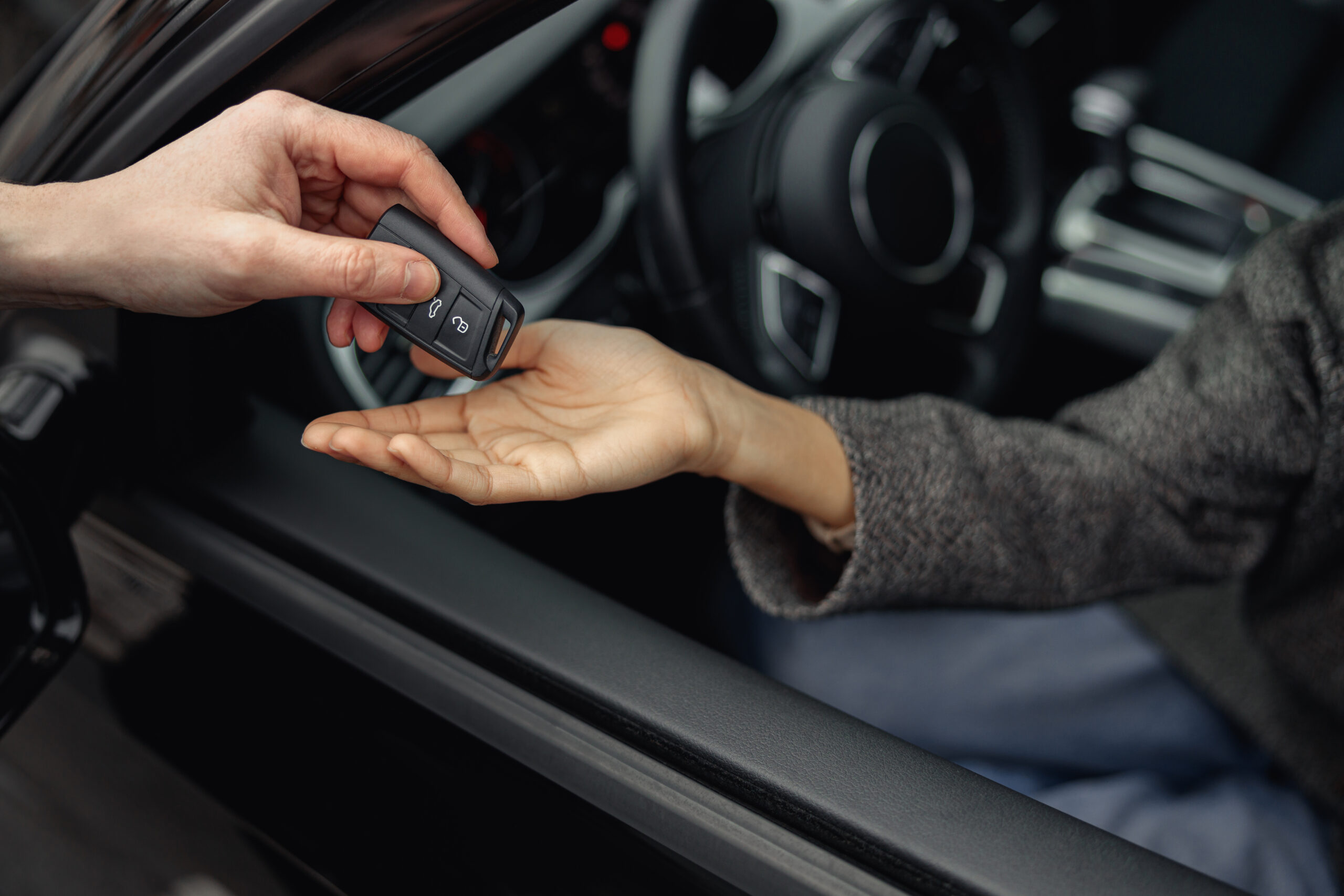Forgetting the combination to your safe can be a stressful experience. It can leave you feeling locked out of your most important items. Whether it’s a Sentry Safe, Heritage Safe, or another brand, regaining access is possible with the right steps. Thankfully, safes are designed with solutions for code recovery, allowing you to get back in. This guide provides detailed instructions on how to reset your safe code, ensuring you can securely access your valuables.
Understanding Your Safe’s Lock Mechanism
Before attempting to reset your safe code, it’s crucial to identify the type of lock your safe uses. Different types of locks require different methods for resetting the code, and understanding the mechanism will ensure that you’re following the correct procedure:
- Electronic Keypad Locks: These are commonly found in modern safes and require a numerical code to unlock. They often feature an easy-to-read keypad and may include a reset button or a master code for resetting the combination.
- Mechanical Combination Locks: Operated by rotating a dial to specific numbers in a sequence, these locks are often found in older or more traditional safes. Resetting them can involve manual steps, like adjusting the dial to the correct combination and using a key or override code if necessary.
- Biometric or Fingerprint Locks: These advanced safes use fingerprint recognition to grant access, offering a higher level of security. If the fingerprint scanner malfunctions or the system needs to be reset, it might require connecting the device to a mobile app or following a special procedure from the manufacturer.
- Keyed Locks: Opened with a physical key, these are the simplest types of safes. If you’ve lost your key, most safes offer a way to reset the lock or can be opened with a master key by a locksmith.
Knowing your safe’s lock type will guide you to the appropriate reset method, ensuring that the process goes smoothly and you can regain access quickly.
How to Reset Your Safe Code
1. Locate the Model and Serial Number
Finding the model and serial number is essential for identifying the correct reset procedure. These are typically located:
- On the back or bottom of the safe.
- Inside the door frame.
- Near the hinge area.
Once identified, refer to the manufacturer’s manual or website for model-specific instructions.
2. Use the Override Key (If Available)
Many electronic safes come with an override key that allows manual access:
- Insert the override key into its slot.
- Turn the key to open the safe.
- Locate the reset button inside the door.
- Press and hold the reset button until a beep sounds.
- Enter your new code and confirm it.
If you don’t have the override key, contact the manufacturer for assistance.
3. Resetting a Sentry Safe Code
For Sentry Safe models:
- Open the safe using the current code or override key.
- Press and hold the
#button until the set light stays on. - Enter the new master code followed by the
#key. - Re-enter the new code to confirm.
- Test the new code before closing the door.
For detailed instructions, refer to SentrySafe’s official manual
4. Resetting a Heritage Safe Code
For Heritage Safe models with an S&G lock:
- Enter the master code
123456#. - Press and hold the reset button inside the door until you hear a beep.
- Enter your new six-digit code followed by the
#key. - Re-enter the new code to confirm.
- Test the new code before closing the door.
For LaGard models, the process may differ. Consult the manufacturer’s manual for specific instructions.
Additional Tips
- Battery Check: Ensure the safe’s batteries are not depleted, as this can affect functionality.
- Professional Help: If you’re unable to reset the code, consider contacting a professional locksmith.
- Documentation: Keep a secure record of your new code to prevent future issues.
When to Seek Professional Assistance
If you’ve followed the above steps and still cannot access your safe, it may be time to consult a professional. While DIY methods can work in many cases, some situations require the expertise of a trained technician to avoid damage to your safe or its contents:
- Locksmith Services: Specialized locksmiths have the tools and knowledge to handle a variety of safe models. They can assist in unlocking and resetting safes, whether you’re dealing with a malfunctioning electronic keypad or a mechanical lock. A locksmith can often access safes that seem impossible to open, ensuring minimal damage to the lock mechanism.
- Manufacturer Support: If you’re unable to reset the code using the standard methods, contacting the safe’s manufacturer is a reliable option. Manufacturers can provide specific instructions based on your model, and in some cases, they may offer onsite service or send replacement parts if your safe is under warranty.
Remember, attempting to force open a safe or using unapproved methods can lead to permanent damage and may void any warranties or guarantees that came with the safe. Seeking professional help ensures that you can regain access without compromising the integrity of your safe.
Preventing Future Lockouts
To avoid the frustration of a future lockout, there are a few proactive steps you can take to maintain access to your safe:
- Regularly Update Codes: It’s a good practice to change your safe’s code periodically, especially if you’re using it to store valuable items. Updating your code helps protect your valuables from potential security breaches and reduces the chances of forgetting the combination. Set a reminder to update your code every six months or as needed.
- Secure Record-Keeping: One of the most common reasons people get locked out of their safes is losing track of the code. To prevent this, store your code in a secure, easily accessible location that only trusted individuals know about. Avoid writing it down inside or near the safe, but consider using a password manager or a secure vault for easy access when needed.
- Backup Access: Many modern safes come with a backup access method, such as a physical override key or biometric authentication. Keep these backup keys or methods in a secure but accessible location, separate from the safe. This ensures that if you forget the code, you have an alternative way to access your safe without needing to rely on external help.
Taking these simple precautions can help you avoid lockouts in the future, ensuring your safe is always ready when you need it.
Get Professional Help if You Need It
If you’ve followed all the steps and are still unable to reset your safe code, or if the process feels too overwhelming, don’t hesitate to call a professional locksmith. At KeyItLocks, we specialize in safe code recovery and resetting services. Our experts can guide you through the process or take care of it for you, ensuring your safe is securely accessible without damage.
For more assistance or to schedule a service, visit our KeyItLocks Locksmith Services today.







